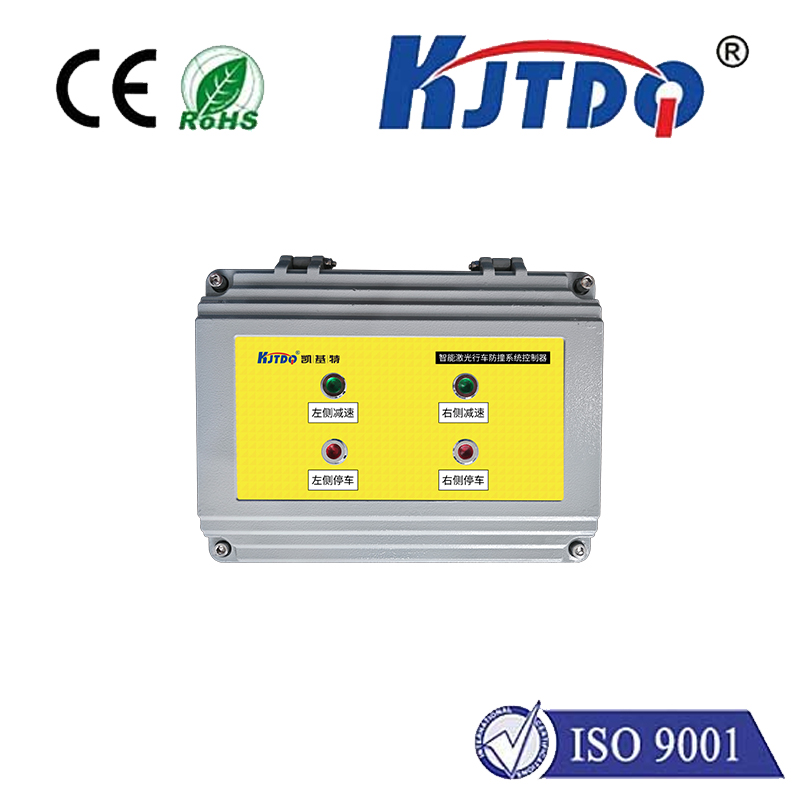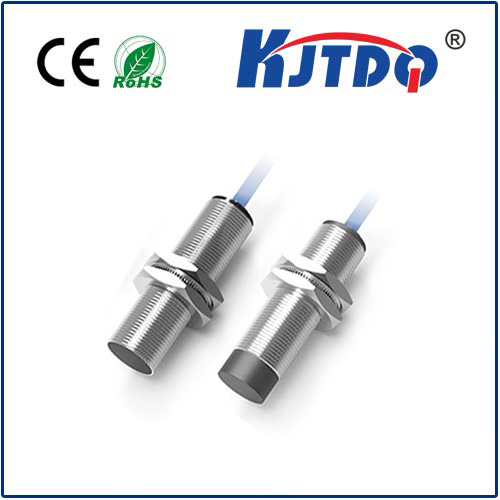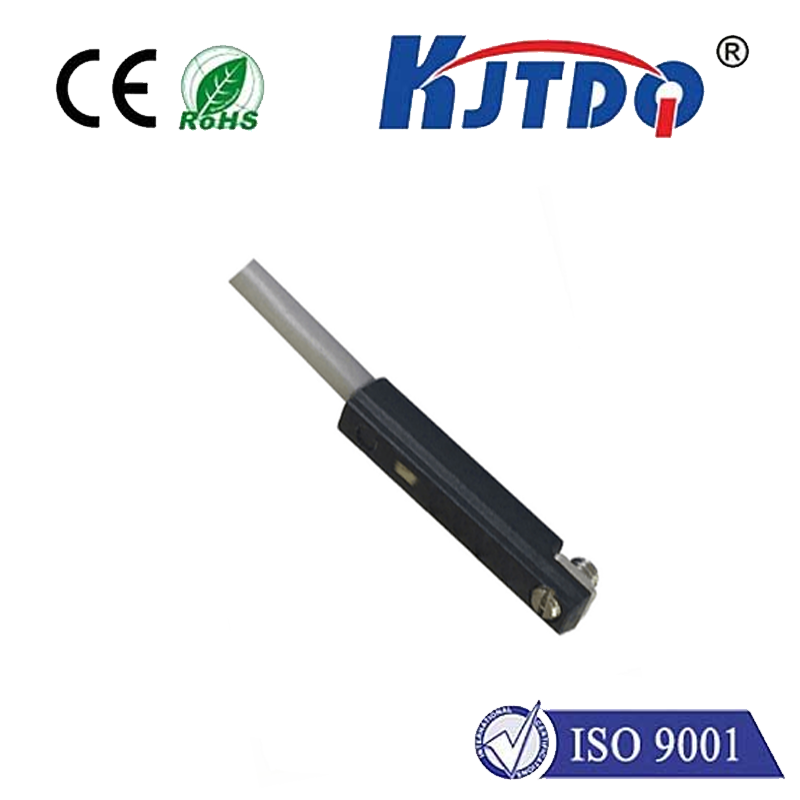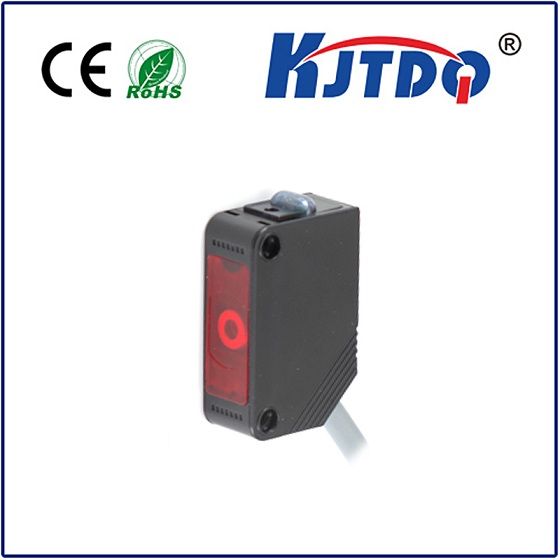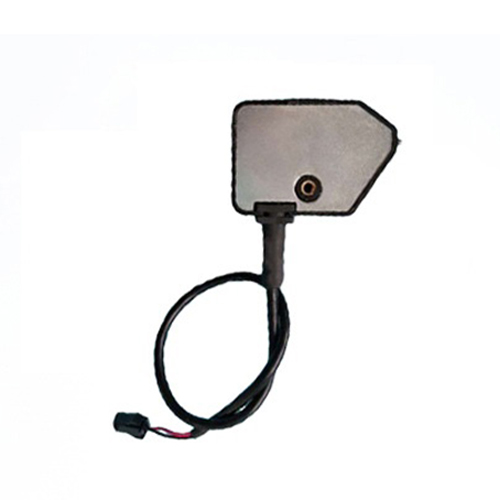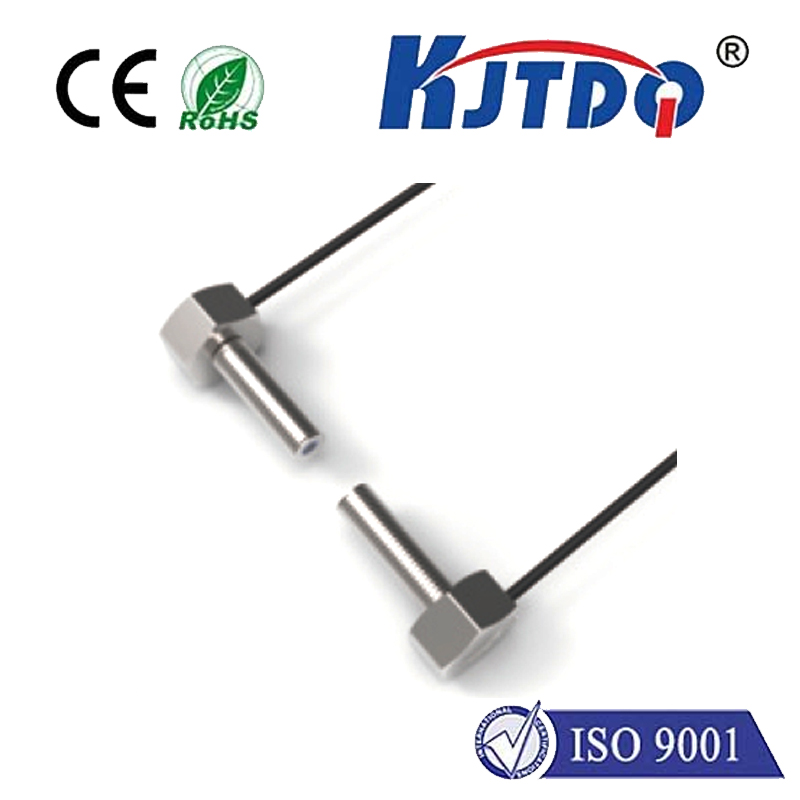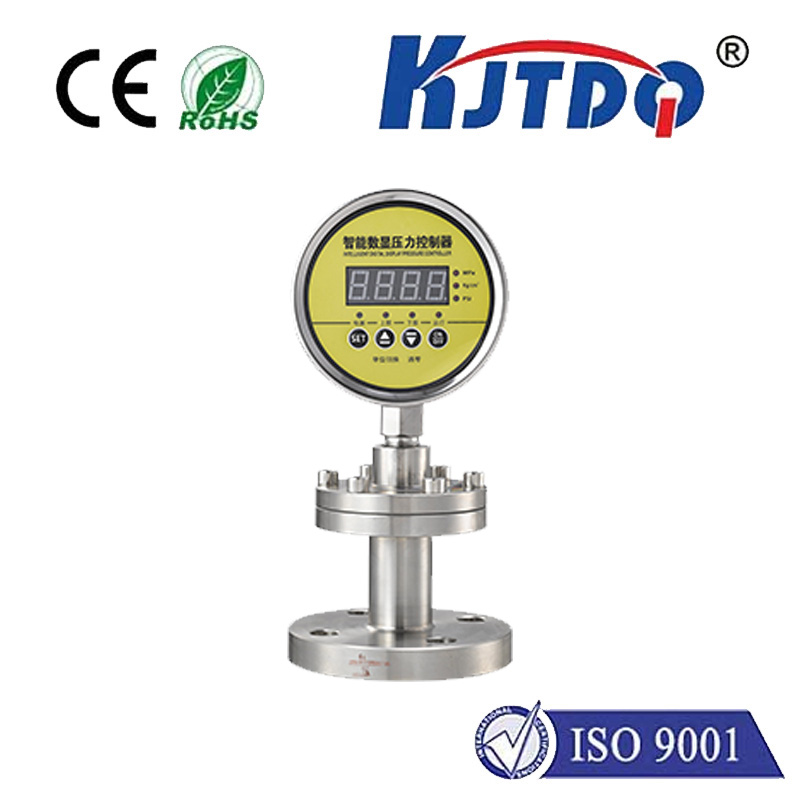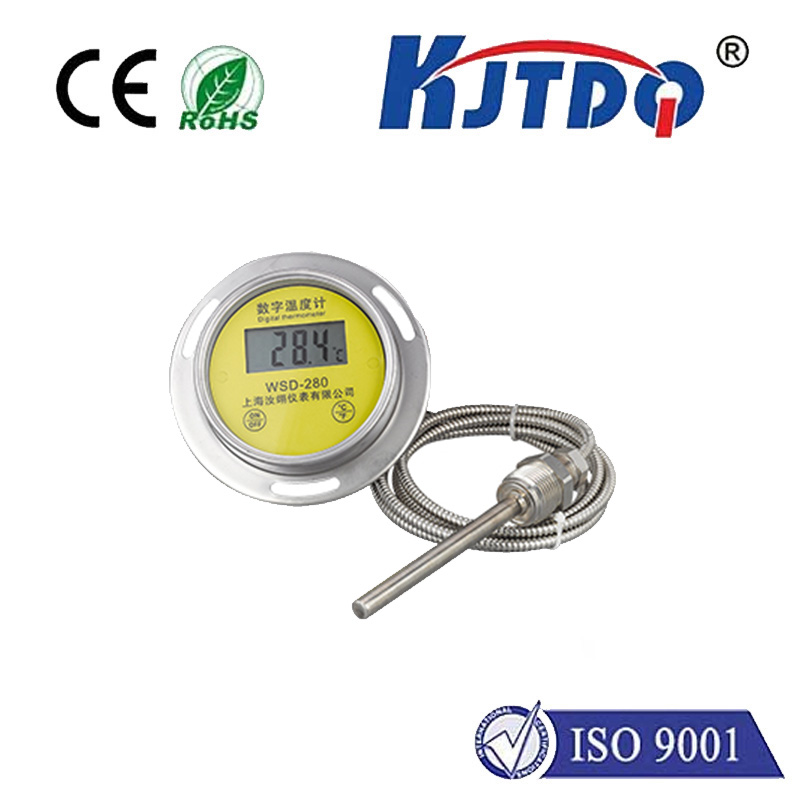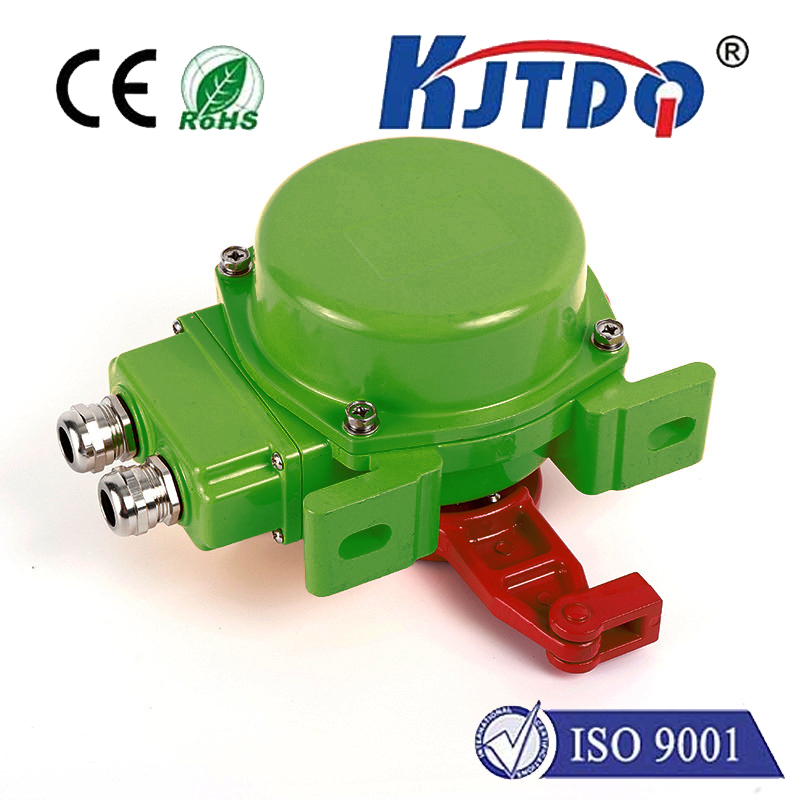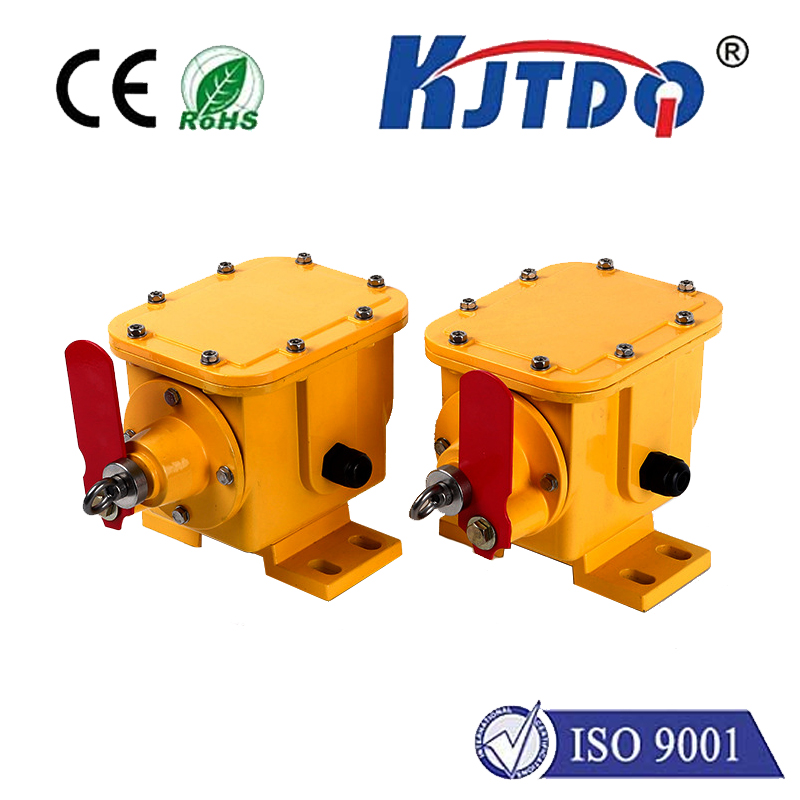

check

check

check

check

check

check

check

check

check

check

Title: The Benefits of Laser Distance Sensors with 4-20mA Output In the world of automation and industrial technology, laser distance sensors have become an essential tool for measuring distances with precision. These devices are used in a variety of applications, from robotics to automotive manufacturing, and their importance cannot be overstated. One type of laser distance sensor that has gained particular attention is the one with a 4-20mA output. In this article, we will explore the benefits of using a laser distance sensor with a 4-20mA output. Firstly, it is important to understand what a laser distance sensor with a 4-20mA output is. This type of sensor measures distance by emitting a laser beam towards an object and then calculating the time it takes for the beam to bounce back. The sensor converts this time into a distance measurement, which can be read as an analog signal between 4-20mA. This signal can then be used by other systems or equipment to perform various tasks based on the measured distance. One of the main advantages of using a laser distance sensor with a 4-20mA output is its versatility. Since the output signal is an analog current loop, it can be easily interfaced with most industrial control systems, making it ideal for use in automation applications. Additionally, the 4-20mA range allows for a wide range of distance measurements, making it suitable for use in different types of industries. Another benefit of using a laser distance sensor with a 4-20mA output is its accuracy. These sensors are designed to provide highly precise measurements, making them ideal for use in applications where even the slightest error can lead to significant consequences. For example, in automotive manufacturing, accurate distance measurements are critical to ensuring that parts fit together correctly and function properly. Laser distance sensors with a 4-20mA output are also easy to install and maintain. They do not require any complex wiring or configuration, making them simple to set up and use. Additionally, they are designed to withstand harsh environmental conditions, such as extreme temperatures and vibrations, making them suitable for use in demanding industrial settings. In conclusion, laser distance sensors with a 4-20mA output offer numerous benefits for industrial applications. Their versatility, accuracy, ease of installation, and durability make them ideal tools for measuring distances with precision. As technology continues to advance, we can expect these sensors to play an increasingly important role in a wide range of industries.
